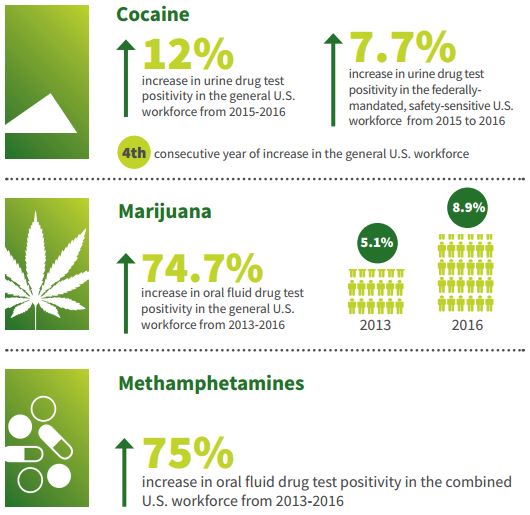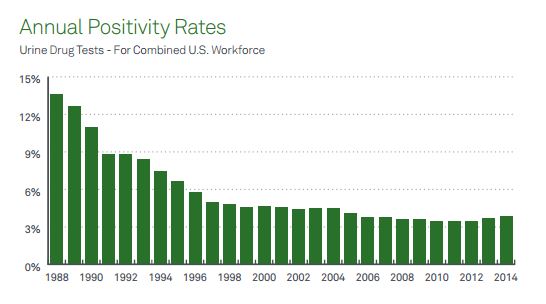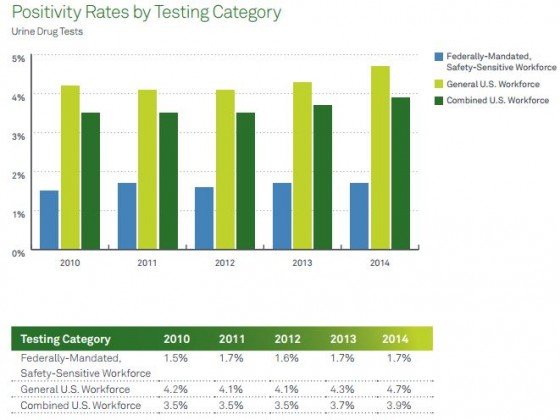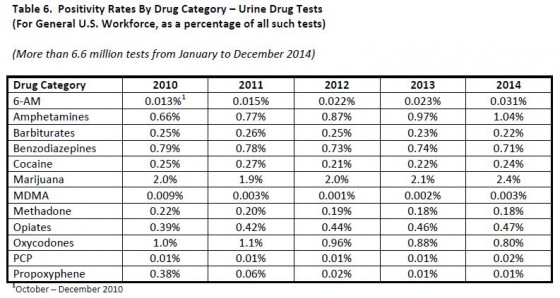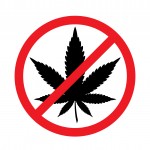Workforce use of illicit drugs across the board—including cocaine, marijuana and methamphetamine—has climbed to the highest rate in 12 years, a study by Quest Diagnostics found.
Overall positivity in urine drug testing among the combined U.S. workforce in 2016 was 4.2%, a 5% relative increase over last year’s rate of 4%—the highest annual positivity rate since 2004 (4.5%), according to an analysis of more than 10 million workforce drug test results.
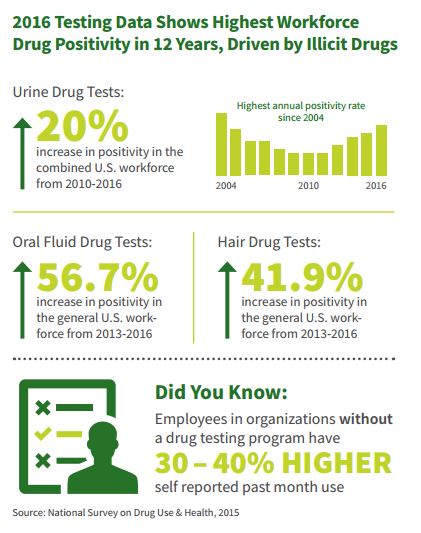
“This year’s findings are remarkable because they show increased rates of drug positivity for the most common illicit drugs across virtually all drug test specimen types and in all testing populations,” Barry Sample, senior director of science and technology at Quest Diagnostics Employer Solutions, said in a statement. “Our analysis suggests that employers committed to creating a safe, drug-free work environment should be alert to the potential for drug use among their workforce.”
The positivity rate in urine testing for cocaine increased for the fourth consecutive year in the general U.S. workforce and for the second consecutive year in the federally-mandated, safety-sensitive workforce. Cocaine positivity increased 12% in 2016, reaching a seven-year high of 0.28%, compared to 0.25% in 2015 in the general U.S. workforce, and 7% among federally-mandated, safety-sensitive workers to 0.28% from 0.26% in 2015.
Marijuana positivity continued to climb in both the federally-mandated, safety-sensitive and general U.S. workforces. In oral fluid testing, which detects recent drug use, marijuana positivity increased nearly 75%, from 5.1% in 2013 to 8.9% in 2016 in the general U.S. workforce. Marijuana positivity also increased in both urine testing (2.4% in 2015 versus 2.5% in 2016) and hair testing (7.0% in 2015 versus 7.3% in 2016) in the same population. Among the federally-mandated, safety-sensitive workforce, which only uses urine testing, marijuana positivity increased nearly 10% (0.71% in 2015 versus 0.78% in 2016), the largest year-over-year increase in five years.
In Colorado and Washington, the first states in which recreational marijuana use was legalized, the overall urine positivity rate for marijuana outpaced the national average in 2016 for the first time since the statutes took effect. The national positivity rate for marijuana in the general U.S. workforce in urine testing increased 4% (2.4% in 2015 compared to 2.5% in 2016).
Positivity for amphetamines (which includes amphetamine and methamphetamine) continued a year-over-year upward trend, increasing more than 8% in urine testing in both the general U.
S. and federally-mandated, safety-sensitive workforces compared to 2015. According to Quest, this rise over the past decade has been driven primarily by amphetamine use, including certain prescription drugs such as Adderall.
After four straight years of increases, in 2016, urine testing positivity for heroin held steady in the general U.S. workforce and declined slightly among federally-mandated, safety-sensitive workers.
Positivity for prescription opiates—including hydrocodone, hydromorphone and oxycodones—declined in urine testing among the general U.S. workforce. Oxycodones have seen four consecutive years of declines, dropping 28% from 0.
96% in 2012 to 0.69% in 2016. Hydrocodone and hydromorphone both showed double-digit declines in both 2015 and 2016 (0.92% in 2015 to 0.81% in 2016) and (0.67% in 2015 to 0.59% in 2016), respectively.
This decline may be due to the fact that state and federal authorities have made efforts in the past few years to place tighter controls on opiate prescribing in order to address the opioid crisis.
